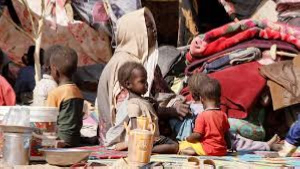Dr Ato Essuman, a former Chief Director of the Ghana Education Service, has called for innovative pathways and re-conceptualisation of the training of teachers to better serve the state’s needs.
He said teachers had to investigate the pedagogical issues and critically utilise evidence-based-knowledge to inform their professional practice, and also accept the involvement of education stakeholders to ensure that educational reforms and efforts remained pertinent to society.
Dr Essuman said this at the weekend during the graduation ceremony of the Our Lady of Apostles (OLA) College of Education in Cape Coast.
He explained that teacher quality was critical in preparing students for a society undergoing far-reaching economic and social changes.
Consequently, he said colleges of education had to move beyond the traditional requirement of academic performance and results on standardized testing, to include other relevant personal and experiential characteristics, and encourage the entry of non- traditional pool of applicants.
Dr Essuman said to support the needs of a diversifying student population, colleges of education should broaden their entry requirements to diversify the teaching corps and better represent minority ethno-cultural groups.
They should also support students who use different languages from the language of instruction or who come from a low socio-economic background to give of their best.
The ceremony, under the theme: “Transforming Teacher Education for Better Service to the Nation”, was attended by a large gathering, including chiefs, queen mothers, heads of colleges of education, and the Chairman of the OLA College Governing Council, the Most Reverend Mathias Kobina Nketsia.
In all, 275 students were awarded Diplomas in Science, Mathematics, and Early Childhood Education.
Six graduated with First Class Honours, 117 were in the Second Class Upper Division, 123 in the Second Class Lower Division, while 28 had Third Class certificates.
Regional News of Tuesday, 2 June 2015
Source: GNA












